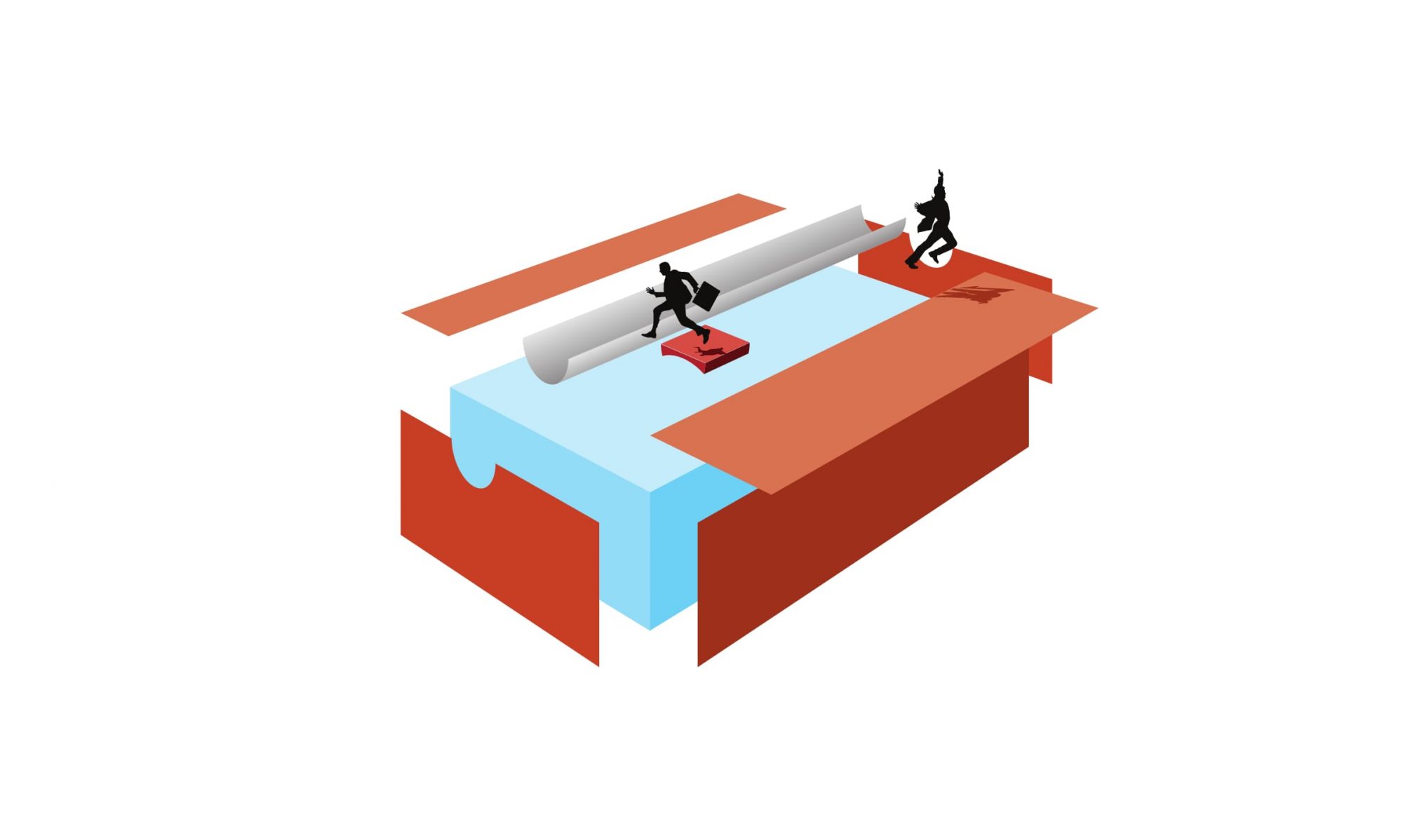Online communication can feel lonely.
You have a job to do. You want to know someone cares about what you’ve written, linked to, videoed, podcast, photographed, or designed.
If you want to improve your communication, your most important job (after knowing why you want to communicate in the first place) is to discover what your audience needs to know/learn at every contact point. Reframe communication in terms of your audience’s experience and do this by having a system for getting feedback about your services and products.
Feedback 101
Start by thinking about your organisation and its work. Break it down into discrete services (or functions or products). What is the service for? What capabilities does it bring to its users? Isolate it and follow it through the journey of its lifecycle.
For example, one of my clients runs a green home and body products online store. One of her products is bamboo toothbrushes – it gives its users the ability to keep their teeth healthy while they feel good about reducing their contribution to landfill.
Think about your audience’s contact points before they purchase. How do people find out about bamboo toothbrushes? Maybe it was through a newsletter campaigns or seeing it promoted as they bought something else.
At the point when they find out about bamboo toothbrushes, what do they need to know? Where to buy it; how it compares to a plastic toothbrush. Ask for feedback – don’t be afraid to ask customers and potential customers.
Now, before they bought it, how did they come to like it? Maybe they feel a bit scared about the problems with plastic toothbrushes and biodegradable toothbrushes relieves that anxiety. They might read about the problem in the news (as I did recently):
Sailors report seeing toothbrushes floating in the midst of the Pacific Ocean, far from land, swept along on currents like sad little fish in search of a school. Except, of course, not being biodegradable, they effectively never find a home or disappear. The Age, Brushing off voters’ climate fears would be a foolish move.
For families, a child may be the eventual user; maybe it would help like-ability to see a child enjoying using it or playing with it.
You get the picture. Follow this contact point analysis through the lifecycle of the interaction right through to – hopefully – when you audience/customer is happily referring your product or service to someone else (like I’m doing now!).
We can’t do that, we’re different
“You don’t understand… that doesn’t apply to us, we have a very complex set of services and users/audiences/customers,” I hear you say.
That’s OK, we all do. But whether you need to get donations, sell your expertise or design a website, if you want to communicate effectively, you need to regularly commit to seeking feedback about your audience and interactions. Social media is great for this.
Think systematically about the interactions, ask yourself these questions. Better still, ask your users/audiences/customers.
It pays to be proactive about your audience’s experience because it’ll give you more focus. And think about it… it’s very human. We like hearing stories about ourselves.
Related
To find out how to receive free expert advice see Digital Enterprise Program Melbourne.


